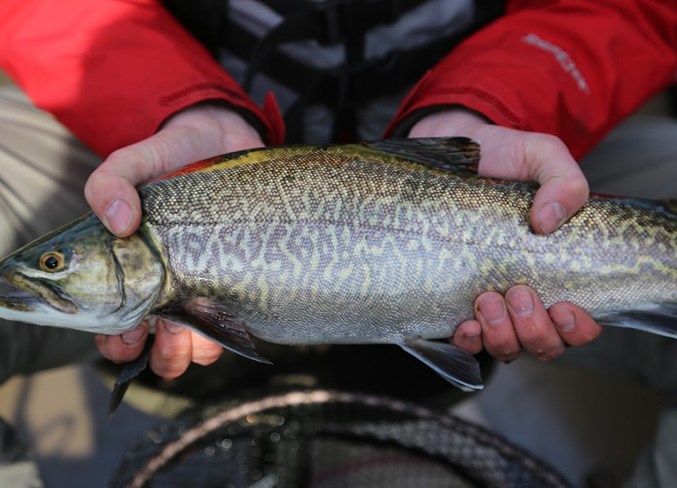There won’t be any changes to Cold Lake’s fishing regulations any time soon, after a fisheries biologist confirmed the population of lake trout, walleye, and pike are remaining steady.
During their latest council meeting on Tuesday, June 26, the City of Cold Lake heard first-hand what anglers can expect for regulations when they hit the lake.
Council had invited Alberta Environment and Parks in hopes of getting a better understanding of the fish populations in the area, and more specifically Cold Lake.
“We have concerns about tourism in our area, and we wanted to know from the local lakes perspective, what the biologist thought the fish population was,” explained Mayor Craig Copeland.
With fishing regulations across the province being tightened in hopes of increasing fish populations, the city wanted to confirm if that’s what they could expect on their own lake.
“In Alberta, there have been a lot of lakes that have seen some changes,” Copeland expressed.
The current population of walleye, trout, and pike in Cold Lake is stable, however, according to Alberta Environment and Parks senior fisheries biologist Dwayne Latty, that wasn’t always the case.
“In the 1920s, Cold Lake was a popular lake trout fishery. We had a lot of commercial fishing in Cold Lake and it was one of the main industries at the time. Through heavy commercial and recreational harvest, the lake trout population had collapsed by the 1940s.”
There was little change to the population “for many decades.”
Since then, the number of fish has grown, thanks to the efforts of the province.
At one point, anglers on the hunt for lake tour could spend upwards of 200 hours fishing before they saw success. That number has decreased significantly over the years.
In order to protect the lake trout population in Cold Lake, the province placed a conservation regulation limit on mature fish in the mid to late 1990s.
“That was a new approach at that time to protecting and managing fish,” Latty explained. “We started to see signs that the population was recovering because we started to collect information from anglers who reported they were catching more and more lake trout.”
He continued, “Our most recent information, is an angler can go out for an afternoon of fishing and is likely to catch at least one lake trout.”
Current regulations limit anglers to one lake trout over 75-centimetres.
Now that anglers are starting to see results, Latty said, the lake is becoming more and more popular. This is why the province regulations in place.
For example, in 1995, anglers spent about 28,000 hours fishing on Cold Lake.
“That continued to increase year-to-year as the population got better. More and more anglers became interested in fishing for lake trout on Cold Lake,” detailed Latty.
A few years ago, angling was “pushing 100,000 hours” on Cold Lake over the summer months.
“I can see as the population improves or increases, angling interest in Cold Lake is also increasing,” Latty said, adding there was a time when the province was worried that there might be too much fishing on the lake.
“There was a lot of efforts on Cold Lake, and we were concerned about our recovery efforts being impacted and that there could have been a possibility of the trends in lake trout recovery reversing.”
As a result, in 2013 they increased their minimum size for lake trout in order to give females a few more years of spawning.
Cold Lake is also home to northern pike, and in order to protect their population, there is a standard regulation put in place across the province.
Anglers are allowed to harvest one pike over 62-centimetres.
“We also have walleye fishery on Cold Lake, and that regulation currently allows three walleye over 50-centimetres,” explained Latty.
Jordan Walker, Alberta Environment and Parks resource manager for the lower Athabasca region, said Cold Lake is unique because half of it is within the Province of Alberta, while the other half is in Saskatchewan.
“We have common fishing regulations with Saskatchewan. It’s an agreement where we essentially use the same regulations on both sides and anglers can use either a Saskatchewan or Alberta license anywhere within the lake. That’s a unique piece for Cold Lake,” Walker detailed. “We don’t really have many lakes that are shared with Saskatchewan.”
According to Walker, Cold Lake is regularly monitored for both fish size and population.
“It’s regularly reviewed, and it’s managed that way because it’s such an important fishery area.”



